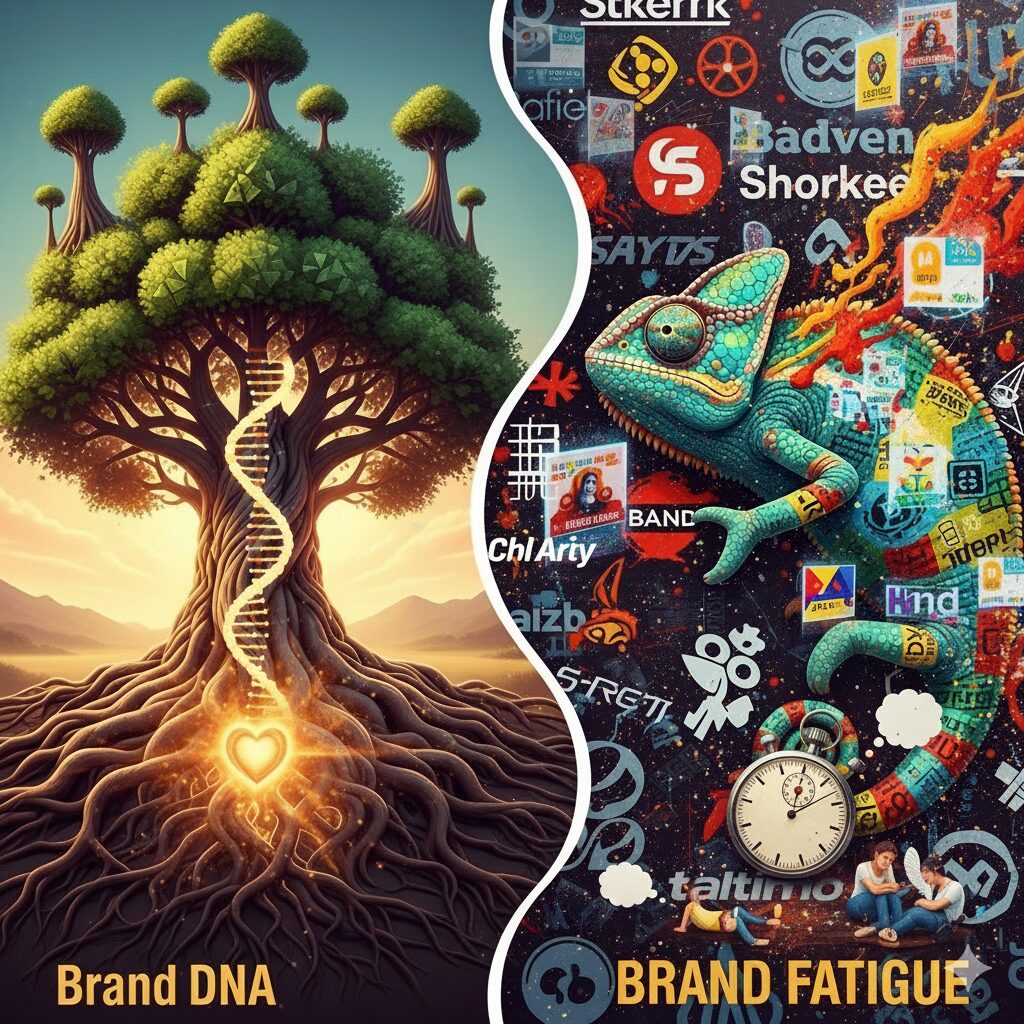Iconic Ads: Lucky Charms – Lucky the Leprechaun

For over sixty years, Lucky Charms and Lucky the Leprechaun have represented more than a cereal — it’s a symbol of creativity, nostalgia, and joy
There are few breakfast icons as beloved and enduring as Lucky Charms — the cereal that turned an ordinary morning bowl into a burst of colour, imagination, and “magically delicious” fun. But behind the smiling leprechaun and his floating marshmallows lies one of the most inventive and charming stories in food marketing history — a tale that blends creativity, clever branding, and a touch of Irish whimsy.
A Spark of Innovation (1964)
It all began inside the research labs of General Mills in 1964. Product developer John Holahan was given a simple challenge: come up with something new to make use of the company’s existing cereal production lines. Inspiration struck when Holahan took a box of Cheerios and mixed it with chopped pieces of Brach’s Circus Peanuts, a soft orange marshmallow candy. The result? A playful combination of crunch and sweetness that became the foundation for what would soon be known as Lucky Charms.
At launch, Lucky Charms became the first breakfast cereal to include marshmallows — or as General Mills would trademark them, “marbits.” These colourful, sugary puffs were created through a patented process (U.S. Patent No. 3,607,309), developed by Edward S. Olney and Howard S. Thurmon. The first marbits came in four whimsical shapes: green clovers, pink hearts, orange stars, and yellow moons.
But not everything was “magically delicious” right away. The original oat pieces were plain and unsweetened, and early sales disappointed. In response, General Mills made a small but critical change — sugar-coating the oat bits. The tweak worked wonders, transforming Lucky Charms from a novelty idea into a breakfast favourite.
The Birth of Lucky the Leprechaun
Even the best products need a personality — and for Lucky Charms, that magic came from a mischievous little leprechaun named Lucky. Conceived around 1963, just before the cereal’s launch, Lucky was introduced as the cereal’s protector and playful mascot. Early on, he was called L.C. Leprechaun or Sir Charms, a nod to both “lucky charms” and the charm bracelet trend of the 1960s.
His cheerful green outfit, Irish accent, and sprightly energy captured the spirit of adventure and mischief. Children adored him — and so did advertisers.
The First Advertising Magic
The debut campaign was launched on St. Patrick’s Day, 1964, with animated TV commercials and print ads introducing Lucky to the world. The advertising agency Dancer Fitzgerald Sample (DFS), which handled General Mills’ account, brought the idea to life.
Under the creative direction of Tony Jaffe, DFS rolled out an ambitious campaign that combined colourful animation, musical jingles, and fast-paced storytelling.
Animator Hawley Pratt, a well-known illustrator from the Warner Bros. animation studio, contributed to the early art direction, shaping Lucky’s look.
The very first television commercial captured the magic perfectly — children chasing Lucky through meadows and rainbows, trying to get his delicious cereal. Lucky, clever as ever, always escaped, laughing and proclaiming that his cereal was “magically delicious!” That phrase quickly became the brand’s most recognisable tagline — and has endured for over six decades.
Lucky Finds His Voice
From 1964 to 1992, Arthur Anderson, an American actor with a convincingly Irish lilt, gave Lucky his iconic voice. Anderson’s cheerful yet cunning delivery helped shape Lucky’s personality as a trickster with a heart of gold. After Anderson retired, several others — including Eric Bauza, Tex Brashear, Jason Graae, Doug Preis, and Daniel Ross — carried on the tradition.
By the mid-2010s, Lucky’s voice and tone had evolved slightly, softening his Irish accent for global appeal, but his spirit remained unchanged.
A Curious Detour: Waldo the Wizard
In 1975, General Mills tried an experiment in the New England market. They briefly replaced Lucky with a new mascot — Waldo the Wizard — a kind-hearted but forgetful magician created by Alan Snedeker of Dancer Fitzgerald Sample.
Waldo’s ads tested well, but the charm didn’t last. Audiences missed Lucky’s energy and the strong brand identity he embodied. Within a year, Lucky was back — more mischievous and beloved than ever.
Evolving Magic Through the Decades
As television and animation evolved, so did Lucky’s world.
The 1970s and 1980s saw hand-drawn, cel-animated commercials that played like mini-cartoons between Saturday morning shows. By the 1990s, computer animation made Lucky more expressive and adventurous. The modern era, guided by agencies like Erich & Kallman and Saatchi & Saatchi New York, has given Lucky a digital makeover while preserving his classic character.
Lucky Charms has also embraced themed editions — from Winter Charms to Olympic packs — and in 2022, the brand deepened Lucky’s story with a children’s book titled “The Magic Inside,” expanding its mythology for a new generation.
The Legacy of a Magically Delicious Idea
For over sixty years, Lucky Charms has represented more than a cereal — it’s a symbol of creativity, nostalgia, and joy. Born from an inventive experiment in a cereal lab, the brand grew into a cultural icon through the perfect fusion of product innovation, storytelling, and character branding.
Even minor controversies couldn’t dim its glow. In 2022, after reports of nausea among consumers, the U.S. FDA investigated the cereal — ultimately finding no issue. Lucky, as always, came out unscathed.
Enduring Magic
From John Holahan’s candy-and-Cheerios experiment to the global mascot recognised by millions, Lucky Charms remains one of General Mills’ most magical success stories. It was the first to mix marshmallows with cereal — and the first to turn breakfast into an adventure.
And through every rainbow, chase, and commercial, one thing has never changed:
They’re magically delicious!



